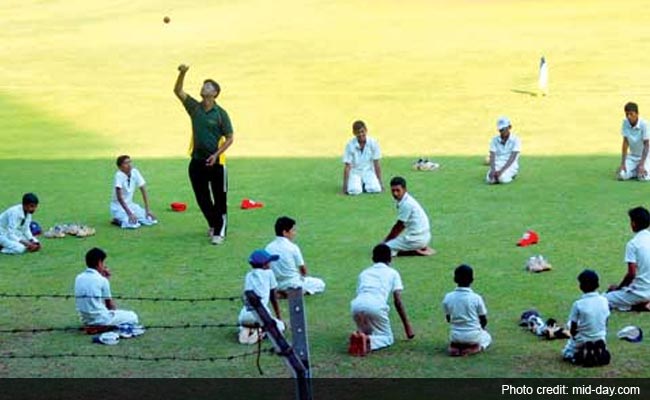 In any competitive sport injuries are part and parcel of the game, and cricket is no exception. Players must be cautious. Instead, players often tend to over-indulge, a tendency seen in players right from the grassroot level to international cricket. And this can be dangerous.
In any competitive sport injuries are part and parcel of the game, and cricket is no exception. Players must be cautious. Instead, players often tend to over-indulge, a tendency seen in players right from the grassroot level to international cricket. And this can be dangerous.
It was very distressing to read about a young and promising Bengal cricketer, Ankit Keshri, losing his life on Monday, following a collision with a teammate while going for a catch in a local match in Kolkata. It’s very easy to blame the incident on lack of co-ordination between players – Ankit and the player who he collided with, Sourabh Mondal, in this case. However, the real blame for such an incident should go to the negligence of the fielding aspect in a young cricketer’s development. The overemphasis on batting and bowling is one of the reasons for this too.
Most young cricketers are keen to work hard, but only on to hone their batting or bowling skills, and sadly, their parents and coaches are guilty of promoting the same. One of the basic fundamentals taught to young cricketers during fielding drills is the importance of calling out aloud while going for a high catch.
A loud call from the player going for the catch not only avoids two or three fielders going for the same catch and heading for a possible collision, but also ensures that the player calling out can get into the best possible position to take the catch without worrying about another player coming in his way. ‘Mine’ is normally the call taught to most kids heading for a high catch, and most of the time this call is followed by louder cheers of a team celebrating a dismissal after the catch has been pocketed cleanly. But accidents do happen and this is not just restricted to domestic cricket but at the international level too.
THE BASIC PROBLEM
It’s not that players aren’t aware of these fielding instructions, but they tend to neglect it. It is up to coaches to sharpen the basics of players at the grassroot level. Coaches must give equal, if not more importance, to the third aspect of cricket, fielding. Fielding techniques, fielding positions, etc are topics that must be discussed and explained as elaborately as batting in the ‘V’ or bowling the perfect line and length.
In Ankit’s case, two players from the same team collided. However, take the case of some of Mumbai’s overcrowded maidans. Azad Maidan for example, where as many as 22 matches are played simultaneously, with over 200 children fielding together. In such a situation, where one team’s cover fielder is right beside the mid-wicket fielder of a neighbouring match, no chapter from any coaching manual can help.
A player has to be aware of the situation at all times and exhibit caution with a hint of street smartness. Probably, that’s the reason why Mumbai cricketers approach the game differently than players from other cities. Till date, not a single fatality has been reported from Mumbai’s maidans. This is not to justify the cramped cricket that’s played here, but just goes to show that with a little caution, accidents can be avoided.
In cricket, just like specialist batsmen and bowlers, there are specialist fielders too for specific positions like slip, gully, point, forward short leg, silly point etc. The Late Eknath Solkar will be remembered forever for his close-in catches at forward short leg. Similarly, former India captain Rahul Dravid made a name for himself as a specialist slip fielder too besides his batting ability. South Africa’s Jonty Rhodes made the point position his own.
This trio enjoyed the fielding aspect of the game, trained hard in it, just like in their batting or bowling, and that’s the reason they succeeded. Solkar, Dravid and Rhodes have shown that just like a batsman or a bowler, a good fielder can also gain equal recognition as long as the basics are never forgotten.
